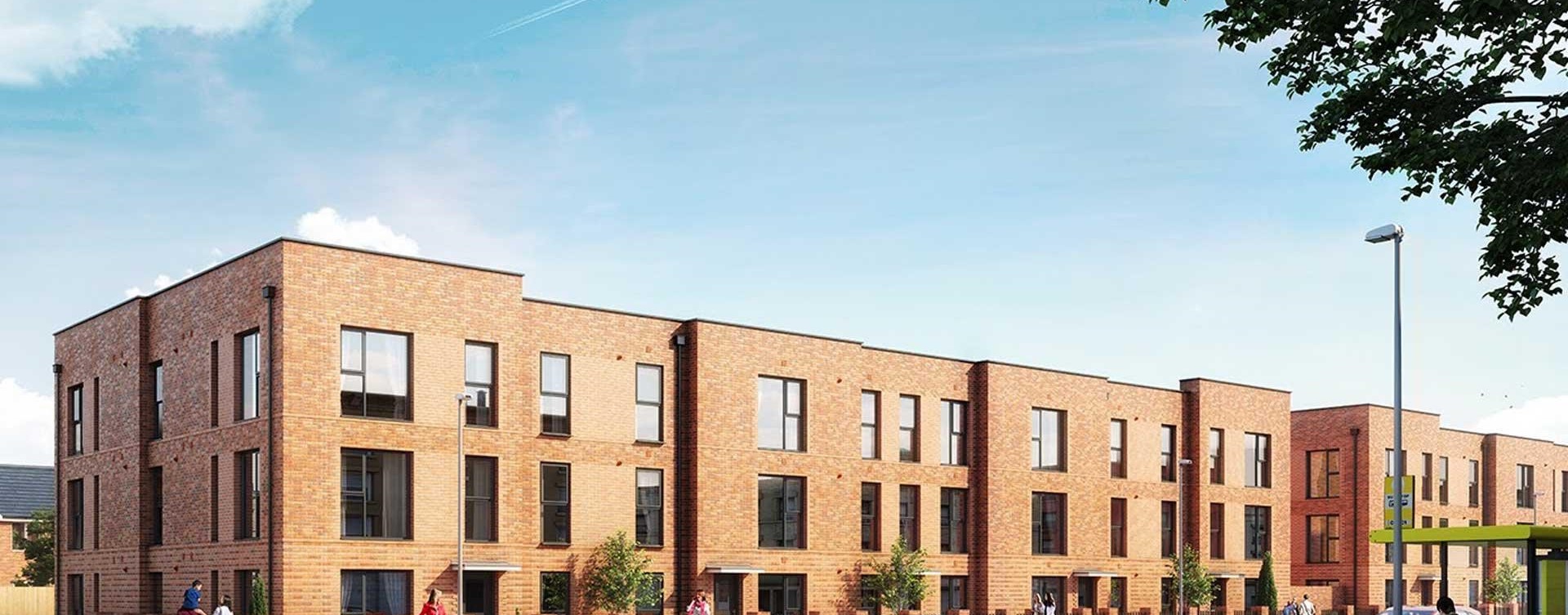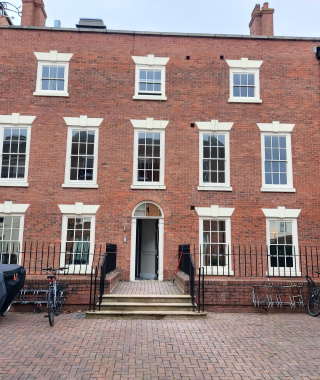FAQ
As with new build dwellings, the SAP Calculations assess overall thermal efficiency whilst also determining the amount of energy that will required for the internal services such as heating, cooling, lighting and hot water systems. The SAP Calculation also determines carbon (CO2) emissions. Unlike new build properties conversions do not have to fall under any prescribed limit.
As well as demonstrating compliance with Part L1B of the Building Regulations the SAP Calculation is used to produce the Energy Performance Certificate which is required as part of the Building Control sign off procedure whilst also being required for any marketing of the property (for sale or rent).
As with new build dwellings, the SAP Calculations assess overall thermal efficiency whilst also determining the amount of energy that will required for the internal services such as heating, cooling, lighting and hot water systems. The SAP Calculation also determines carbon (CO2) emissions. Unlike new build properties conversions do not have to fall under any prescribed limit.
As well as demonstrating compliance with Part L1B of the Building Regulations the SAP Calculation is used to produce the Energy Performance Certificate which is required as part of the Building Control sign off procedure whilst also being required for any marketing of the property (for sale or rent).
What do I need to provide to the SAP Assessor?
- Floor plans, building elevation and section drawings;
- Details of the buildings location and orientation;
- Specification for the construction of all floors, roofs and external walls;
- Specification for all windows and doors within the buildings external envelope, including frame material, width of gap (if multiple glazing) and emissivity of glass;
- Details of the primary heating system (such as the make and model of the boiler) and associated controls;
- Details of the hot water system, including cylinder size, details of any insulation to the cylinder and pipes, and associated controls;
- Details of any fixed secondary heating (such as a wood burning stove);
- Details of any mechanical extract or ventilation systems (for example, the number of mechanical extract fans);
- The number of standard light bulbs and the number of low energy light bulbs; and
- Details of any renewable technology, such as solar hot water or photovoltaics.


